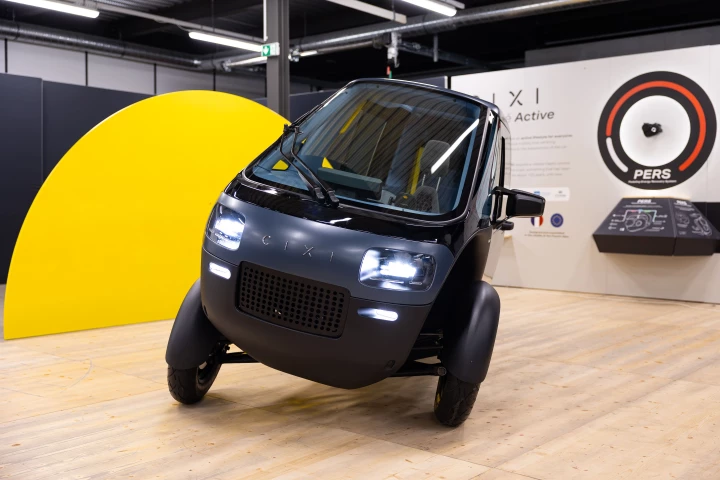Researchers at Singapore's Institute of Materials Research and Engineering (IMRE), an institute of the Agency for Science, Technology and Research (A*STAR), have developed an innovative method of creating sharp, full-spectrum color images at 100,000 dots per inch (DPI). The method achieves this without need of ink or dye and bests the current crop of industrial inkjet and laserjet printers which are only able to offer up to 10,000 DPI. The new research also promises to outperform research-grade methods, which are able to dispense dyes for only single color images.
The researchers compare the breakthrough with lithography rather than the inking of current printers, and expect the technology to be implemented in reflective color displays, anti-counterfeiting, and high-density optical data recording.

The inspiration for the comes from stained glass, which is created by mixing tiny fragments of metal into glass. Studying this effect, researchers at IMRE realized that particles of metal fragments would scatter the light which passes through glass treated in this way, thus lending the windows their color.
The IMRE team used a similar method to create hue by patterning metal-laced "nanostructures", the researchers were able to design the surface of the material so that it reflected the light to achieve the desired colors. The next step was to build a database of patterns and corresponding colors in order to provide a working palette.
“The team built a database of color that corresponded to a specific nanostructure pattern, size and spacing”, explained Dr Joel Yan, the project leader of the research. “These nano-structures were then positioned accordingly. Similar to a child’s ‘coloring-by-numbers’ image, the sizes and positions of these nano-structures defined the ‘numbers’. But instead of sequentially coloring each area with a different ink, an ultra-thin and uniform metal film was deposited across the entire image causing the ‘encoded’ colors to appear all at once, almost like magic!”
We may soon begin to see the fruits of the research, as IMRE is working toward attracting collaborators to further develop the project and also exploring licensing the technology.
Source: A*STAR





